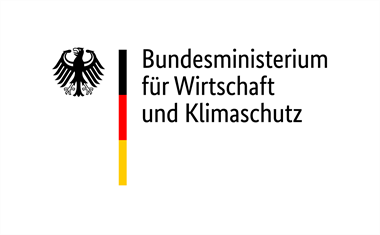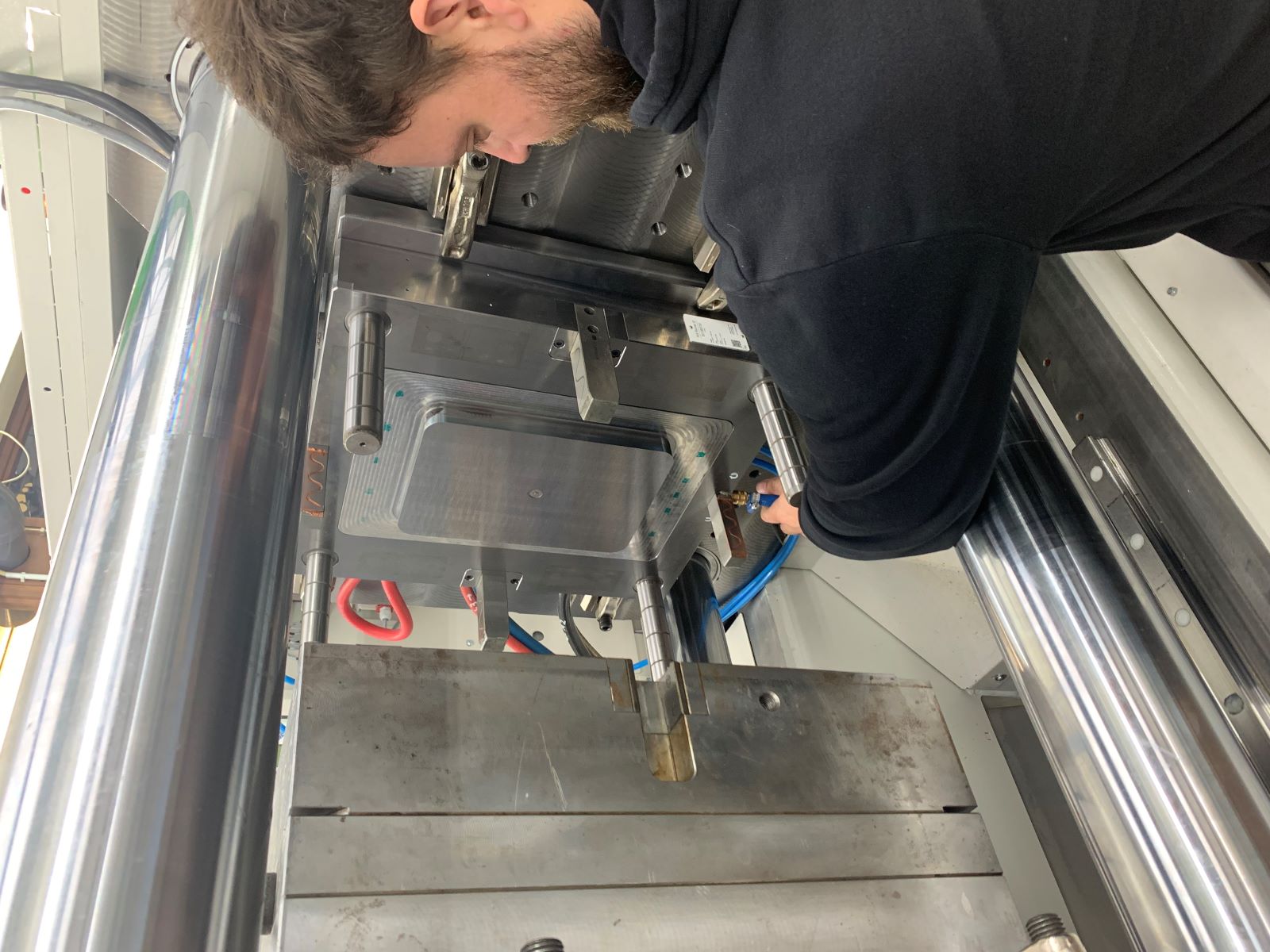Investigation of powder-bed-based melting of injection mold inserts with a focus on innovative cooling geometries, new simulation approaches and novel post-processing methods for the targeted adjustment of molded part properties in optical injection molding
The aim of the project is to investigate the powder bed-based melting of injection molding tools with a focus on innovative cooling channel geometries, simulation approaches and post-processing methods for the targeted adjustment of molded part properties.
Project background
Studies on possible correlations between additively manufactured injection molds and molded part properties were not available in the literature at the time the project started, so this project was launched to investigate the additive manufacturing and electrochemical post-processing of injection molds for their influence on the properties of an injection molded component. In addition, the data situation for additive manufacturing using laser beam melting of tool steels that have not been used in this area to date or have only been used to a limited extent is to be expanded.
Project objective
The main aim of the project is to determine a correlation between additively manufactured tools and the internal and external properties of the molded part. To this end, test tools with conventional and innovative cooling channel structures are being developed in collaboration with the project partners. Furthermore, tool steels that have been little researched to date in additive manufacturing using laser beam melting (LBM) are being investigated and new knowledge gained in this project is being incorporated into the Cadmould injection molding simulation software.
In order to be able to guarantee an acceptable surface quality of the molded parts, the applicability and influence on additively manufactured tools of the Pulsed Electrochemical Machining (PECM) process are also being investigated. The aim is to update/expand the state of the art in the field of additive molding and increase the market share of additively manufactured injection moulds in the long term.
Project procedure
The project partners will jointly develop test plates in order to assess and compare the cooling performance of the additively manufactured tool materials and different cooling channel geometries. A test tool will then be created and post-processed using the knowledge gained there, which will represent an investigation of the molded parts to be produced with it and finally serve to illustrate the knowledge gained.
Innovation
The innovative approach of this research project is, on the one hand, the investigation of the effect of tools manufactured using laser beam melting on the injection molded component and, on the other hand, the testing of tool steels in the LBM process and the investigation of novel cooling channel geometries. In the further course of the project, the influence of electrochemical polishing using PECM on the tool and molded part will also be investigated.
Project lead
Project staff
T +49 (0) 8031 / 805 - 2882 yogeshkumar.yadav[at]th-rosenheim.de
Project collaboration
T +49 (0) 8031 / 805 - 2636 Sebastian.Wiedl[at]th-rosenheim.de
ORCID iD: 0009-0003-9099-1046
External project collaboration
Technische Universität München (TUM)
SIMCON kunststofftechnische Software GmbH
Hans-Hermann-Bosch GmbH
Project duration
2024-04-01 - 2026-06-30Project partners
Project management agency

Project funding

Funding programme
Zentrales Innovationsprogramm Mittelstand


